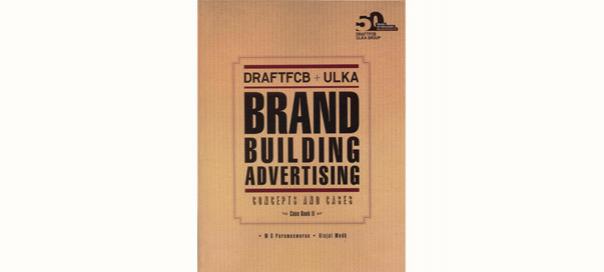What advertising will work in my category? Should it be high on rational information or should it focus completely on the emotional aspects? What is the buying behaviour of my target audience? Do they mostly buy on impulse or is it a thought out purchase? What are their motivations for buying? Is it fulfilling a rational need, is it a purchase driven by habit or is it fulfilling a desire? Should advertising differ for different motivations?
Questions both marketers and advertisers face on a day-to-day basis. Questions, if answered, can make advertising more effective. These were the questions that intrigued Richard Vaughn, Strategic Planning Director at FCB Los Angeles. Way back in 1980, he published an article in the Journal of Advertising Research “How Advertising Works – A Planning Model”. The article talked about the FCB Grid – a powerful model to help create effective advertising.
The effectiveness and virtues of the FCB Grid have been discussed in the Journal of Advertising Research and it is now a textbook model for advertising planning. The grid in a tangible, graphic way captures how consumers approach the purchase of a particular product or service, and links it to what kind of advertising would best address that purchase behaviour. It goes on to suggest specific media and creative implications.
The primary grid validation study was conducted in the United States among 1,800 consumers across some 250 product categories. It was followed by an international study on the GridD conducted across 20,000 consumers in 23 countries.
Vaughn pulled together major theories of consumer behavior to make the FCB Grid. He reviewed four traditional behavioral theories and observed that insight into human behaviour can be viewed differently, depending on each of the following theories:
Socialists favor the theory of ‘Economic’ man, the search for value, the need for information with advertising seen purely as information – applicable to Economic theory. Freudian and other psychological theories gives us the notion of behaviour governed by unconscious impulses – applicable to Psychological theory.
Pavlovian theory of purchases is influenced by conditioning and repetition – applicable to the Responsive theory. Finally, there is the theory deriving from Veblen, of people as consumers who buy to join, emulate or belong to a group – applicable to Social theory. Each theory is applicable to the four quadrants in the FCB Grid.
Vaughn separated consumers’ purchase decisions into thinking-led and feeling-led decisions. This decision conceptualisation is somewhat, but not totally, based on brain specialisation.
Thinking aspects in purchase behaviour are logical, objectively verifiable descriptions of tangible product features. Feeling aspects in purchase behaviour are emotional, subjective impressions of intangible aspects of the product.
Products with thinking-dominant purchase decisions will be on the left of the Grid and vice versa for products with feeling-dominant purchase decisions. In case of the equal amounts of think/feel, that product will be in the middle.
The Indian version of the FCB Grid
Recently, Cogito, FCB Ulka’s Brand Consulting arm, undertook a large scale quantitative study to assess FCB Grid’s implications for Indian audience. The study was conducted across three cities – Mumbai, Delhi and Chennai with a robust sample size of over 3000 respondents.
The study covered around 20 product categories, and studied them across age groups, genders and SECA/B. The fieldwork was carried out using the same principles as have been used internationally. The sampling methodologies followed were in accordance with international best practices, albeit modified to best suit Indian conditions. The research was used to create ‘Grid Plots’ for the various product categories A landmark project by itself, the Indian version of the Grid is now ready and will be used by Cogito and FCB-Ulka group companies for their clients and their brands.
Whether it comes to positioning of brands, creative executions, media strategy or the CRM programs, the FCB Grid can be used to make a more powerful impact on strategy. The Indian version of the FCB Grid will be of immense value to students of marketing and advertising in arriving at strategically focused solutions.























